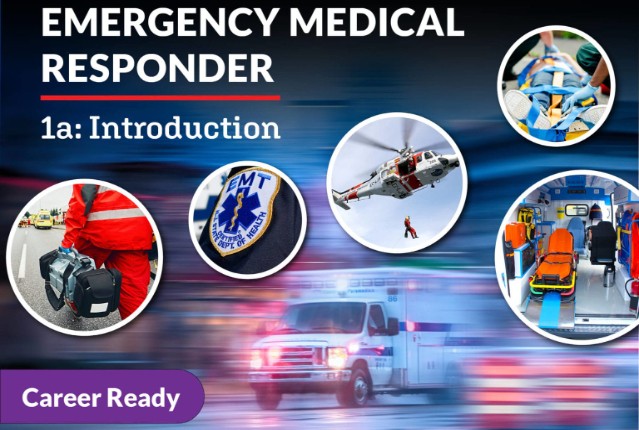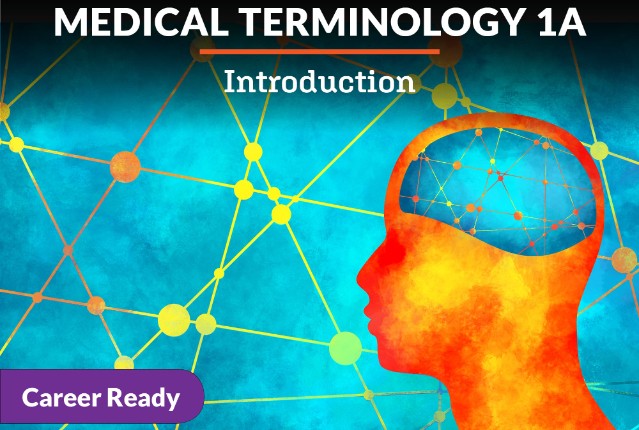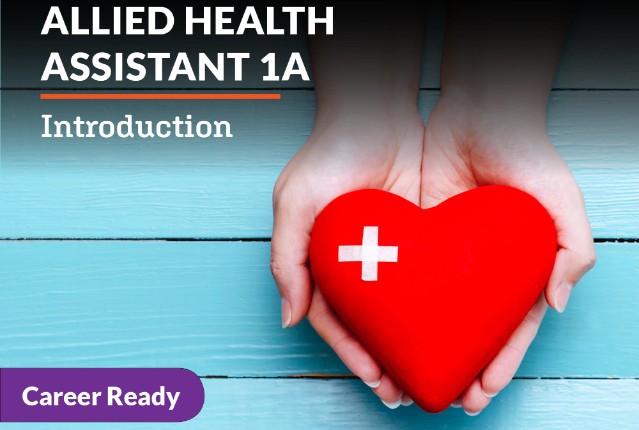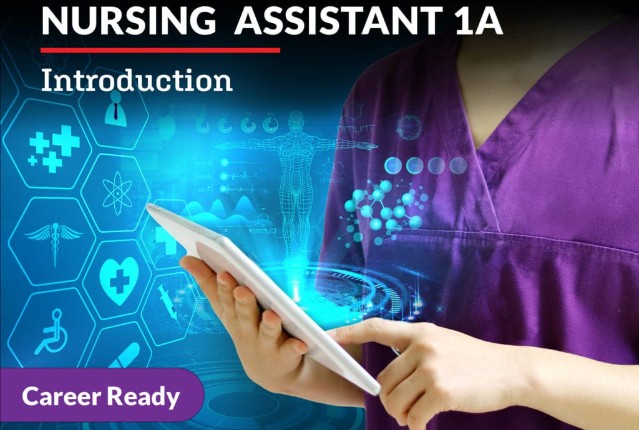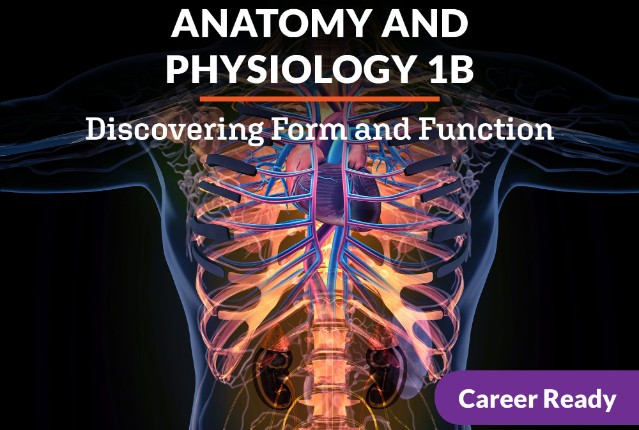
Anatomy and Physiology 1b: Discovering Form and Function
Examine the form and function of even more body systems. Learn about the structure, function, and interrelation between the lymphatic, immune, respiratory, digestive, urinary, and endocrine systems. The reproductive system is also discussed along with hereditary traits and genetics. And discover the importance of accurate patient documentation as well as the technology used in the industry.
Review course outlineAccess for a year
USD 299.00*
* Choose more courses to get a discount
